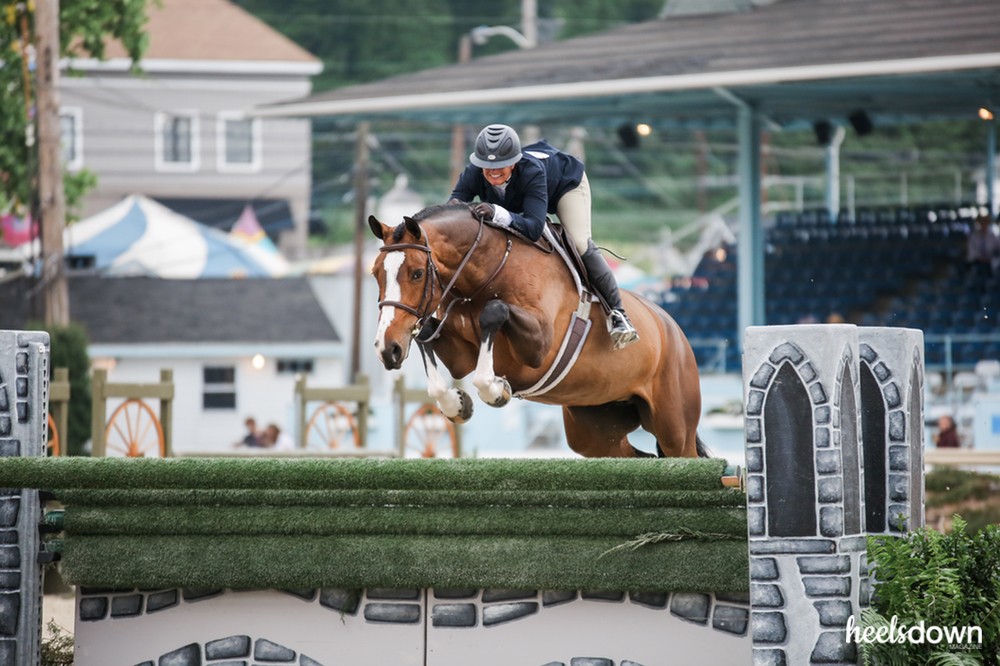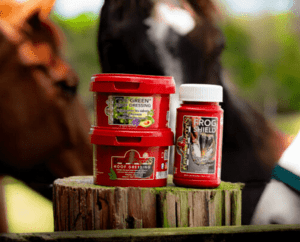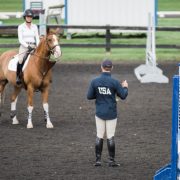Picture Perfect

I recently read an article by a colleague about quitting negative thinking, in which she saw a photo of some random rider and had to quell a mean thought about their hand position. Now I am TERRIBLE for doing this. I scroll through social media and make snap judgments based on a still image, and I mutter to myself about what the poor rider is doing wrong. I never actually SAY any of this, because I don’t ever want to become the sort of person who uses a public forum to bring another equestrian down – let she who is without sin (or the rider with the perfect position) cast the first stone.
In my defense, I’ve worked in publishing for 15 years and a big part of my job has been choosing photos. This included writing hundreds of training features, where I would go along to a top rider’s yard and watch them give a lesson. The pupil would be chosen by me in advance from a heap of emailed applications – because who doesn’t want a free lesson with a top rider, even if it means potential public humiliation in a national magazine? Then once I’d picked the victim – I mean lucky winner – I’d spend the next few weeks praying their horse would be fit, sound and photogenic, with a rider somewhere in between novice and Olympic standard. Most of the time I got it pretty right.
The other, shall we say, delicate aspect of this was that I needed to encourage the trainers to give an overview lesson to someone they’d never met nor taught before, and not spend the entire hour focusing on one small (but no doubt highly essential) element of their training. Me, who turns pale when the fences go up above 1-meter and who still doesn’t really understand how to ride a half-halt, telling Olympic riders how to teach – now that was always a fun thing to do.
Some of them naturally just got it. Carl Hester, for example, is a whizz at understanding the media and would always deliver exactly what I needed – a clear, insightful lesson with a number of main bullet points covered, a strong theme running through it and a positive conclusion, so that me and the pupil would both leave the lesson happy. Less ideal was the trainer who nodded slowly when I asked him not to spend the whole lesson teaching on a 20-meter trot circle, then proceeded to do exactly that. I’m sure the horse and rider benefited from it, but I had to use every ounce of my journalistic ability to make it into a readable and relatable feature and not a total snooze-fest.
It’s amazing what a photo can portray, capturing a tiny moment in time.
Every time I would attend these training features, a photographer would come along, with the job of listening to the trainer, capturing what they were saying and translating it into image form, a task which made my job of writing it look relatively easy. Just as with the trainers, some photographers got this concept more than others. I would go back to the office the next day and start trawling through 300 photos, looking for the ones that illustrated some minute detail like allowing with the hand or changing the flexion, in which the horse doesn’t look like a camel, the rider isn’t pulling an odd face, and the photographer hasn’t decided to get all arty and do a close up on the horse’s eye right at the crucial moment.
The point is, out of those 300 images taken during an hour’s lesson, 90 percent of them weren’t usable, let alone perfect. The horse’s legs would be caught in a way that made it look on the forehand or ungainly, or the rider’s position would look unbalanced. During the lesson, I hadn’t noticed any of those things, but it’s amazing what a photo can portray, capturing a tiny moment in time.
Those years choosing photos have left me unbearably critical and nitpicking, especially when it comes to competition photos of my own horse. Nearly all of them get dismissed immediately. Her mouth is open. Her legs look weird. WHY did I wear those white breeches? What is that face I’m pulling? I browse through the selection, getting more and more panicky and depressed about the appalling state of my riding, wondering how on earth a test that scored nearly 70 percent, got me in the ribbons and even felt rather nice to my hypercritical self, produced images that were fired straight into the bin. If in doubt, watch a video – it never seems anywhere near as bad.
If in doubt, watch a video – it never seems anywhere near as bad.
A rider who once kept her horse at the same yard as me used to post dozens of images of her horse on social media. In every jumping photo, her hands would be fixed by the withers and the horse’s mouth open and resisting, the resulting jump looking awkward and uncomfortable. “I don’t know why he keeps refusing,” she would write next to these photos. “I’ve tried everything.”
I wanted to say it. I wanted to tell her that her poor horse was probably getting fed up with being socked in the mouth every time it jumped. But I didn’t, because it was her trainer’s job to comment, not mine. Because I know how difficult it is to get a good photo. Because I’m far from faultless myself. Telling a pro rider how to teach? I’ve done that plenty of times. But bashing another rider when they’re down? I couldn’t bring myself to do that.


